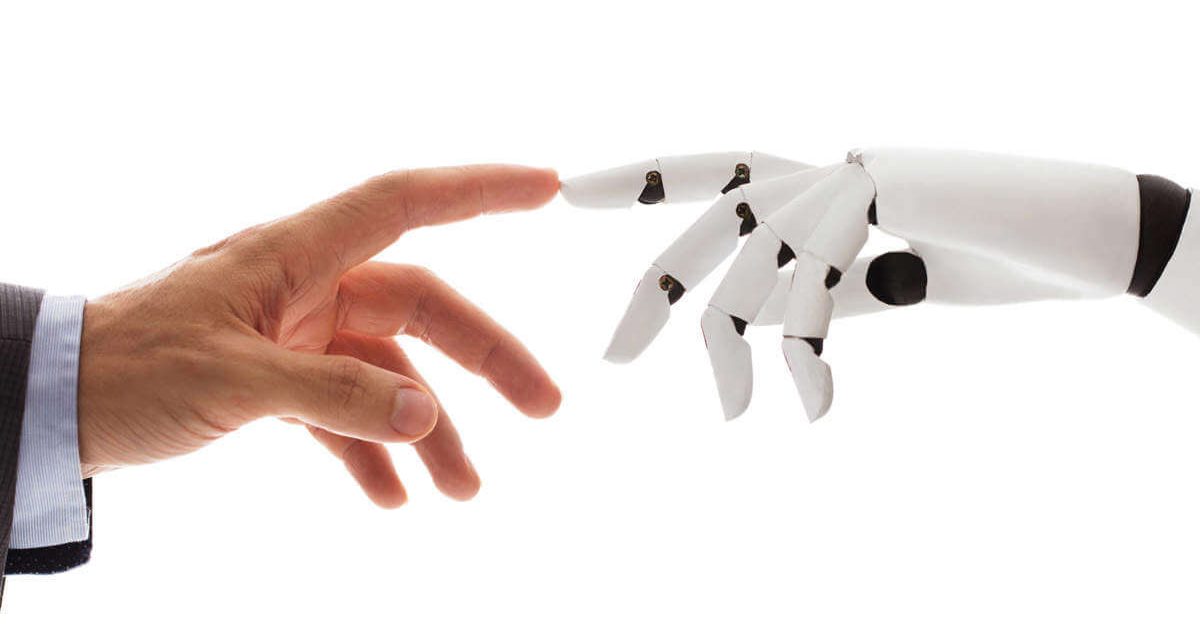Medical prostheses have evolved a great deal throughout the past decade. Advances in the science of robotics have enabled orthopedic experts to give their patients more freedom of movement and, indeed, a more fluid way of moving. Now, a recent innovation developed at the National University of Singapore (NUS) is set to change the game: a smart foam that mimics the self-healing ability of human skin.
NUS experts recently presented a prototype for AiFoam, an artificially-innervated high-elasticity polymer that can repair itself. The spongy-textured material is a specialized fluoropolymer treated with a chemical that lowers surface tension, enabling it to fuse together if cut, mimicking the way skin behaves if injured.
AiFoam’s developers also think that the material will also return a sense of touch to amputees being fitted with artificial limbs. In order to do this, minuscule bits of metal and nano-electrodes are embedded beneath the surface of the material. When pressure is applied to the surface, the electrical properties of the metal are changed, while sensors measure any changes to the electrical field and react accordingly.
This gives patients fitted with artificial hands the ability to measure not only the amount of pressure put on an object, but also to direct it properly.
A world of potential applications
According to lead project researcher Benjamin Tee, AiFoam opens up numerous possibilities in the fields of modern robotics and medical prosthetics, particularly for situations calling for smarter technologies.
The development of AiFoam has been lauded as a massive breakthrough in the field of rehabilitative medicine. Furthermore, if paired with recently developed artificial limbs that human brainwaves can control, this foam could truly give amputees and differently-abled individuals a better quality of life.
In 2018, a team of scientists at the Massachusetts Institute of Technology (MIT) hit upon a technique now referred to as myoelectric technology. This technology would attach nerve endings to artificial limbs to allow patients more organic-looking movement, as opposed to the stiff and jerky movement common to most second-generation prostheses.
More recently, 3D printing technology has also raised the possibility of creating less costly but more effective artificial limbs, with products like Deka’s Luke Arm (named for and inspired by the Star Wars character), the myoelectric Hero Arm, and the YouBionic Arm.















